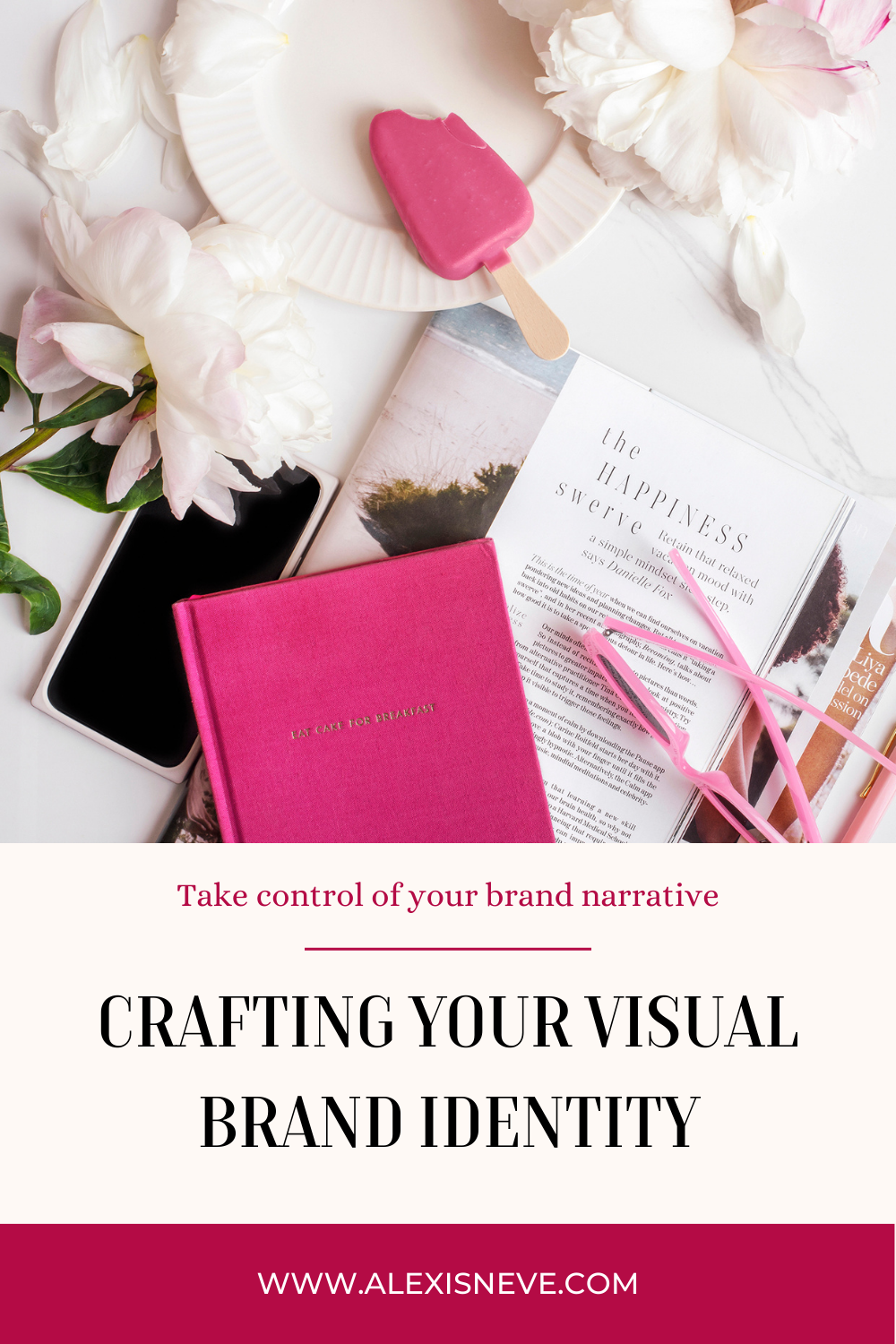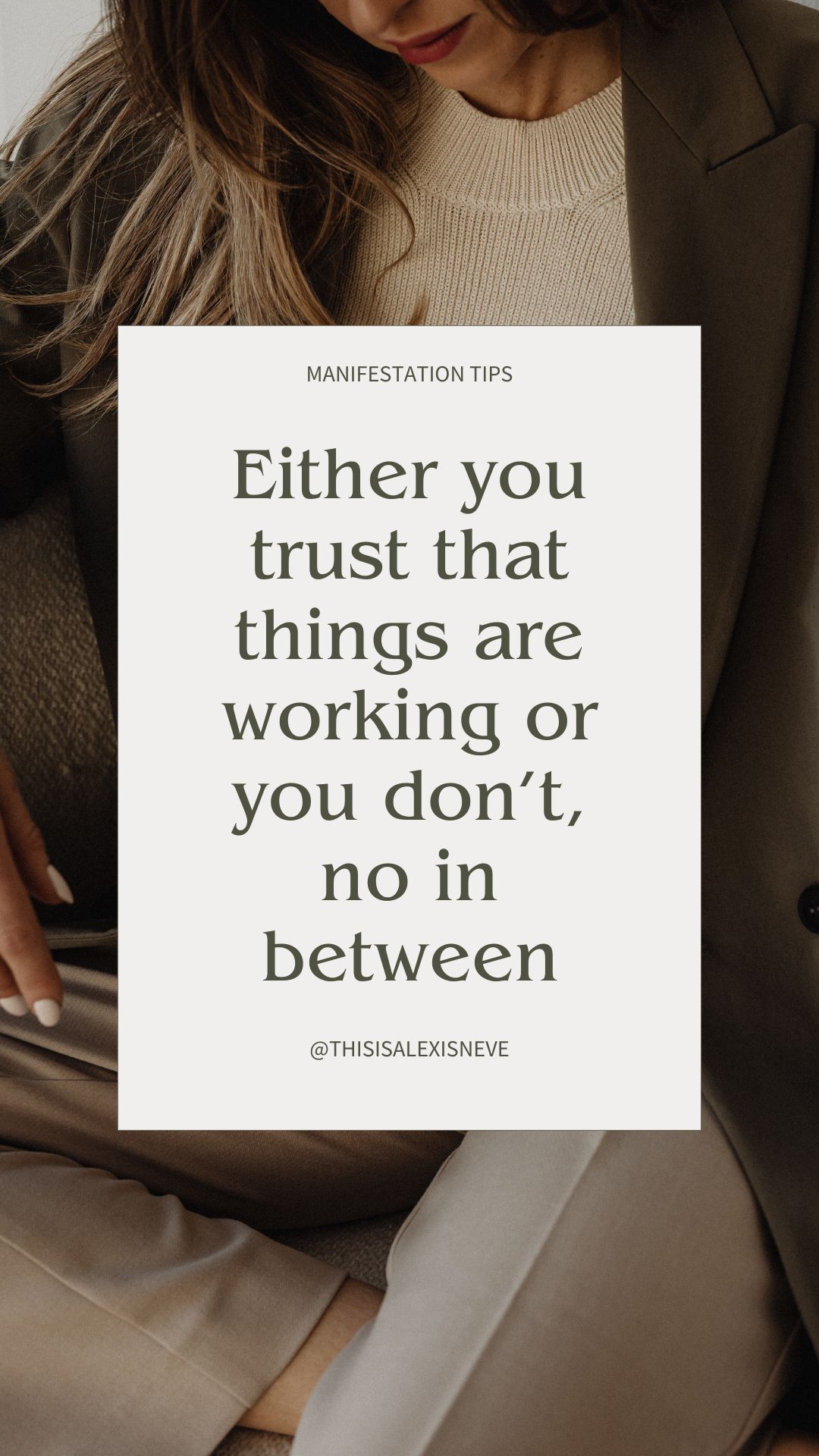In part one of this series on Brand Visual Storytelling, we’ve looked at what it is and why it’s a powerful tool for brands in their marketing. In this blog post, we’ll focus on crafting your visual brand identity. We’ll discuss how to choose colours, fonts, and imagery that reflect your brand’s personality and values. We’ll also explore different visual branding strategies, such as using consistent design elements across all of your marketing materials.
Part 1: The Power of Visual Brand Storytelling
The importance of visual branding
One of the key goals of visual brand storytelling is to increase brand awareness. As part of a holistic strategy it also has an impact on other marketing goals, such as increasing conversions.
Brand awareness, and its shorter-term goal of brand recognition, is a goal that relies almost entirely on visual cues. It may seem superficial, but a report by the design agency Bop Design found that companies with a strong visual brand identity can achieve a 33% premium over competitors.
No business that wants to grow can afford to treat visual elements as inconsequential.

Beware of shiny objects
It’s important, however, to be really intentional about your branding strategy. I’m obsessed with aesthetics and beautiful things, and could spend hours looking at fonts for pleasure.
While it’s important to create a visual brand identity that makes you memorable, it can easily become a form of productive procrastination. You want to avoid that.
In fact, I have learnt from building multiple brands over the years that it’s easier to design when you have a solid business foundation.
The impact of visual elements customer perception
Consistent branding across all channels can increase revenue by up to 23% (Source: Lucidpress). This isn’t about the perfect Millennial aesthetic that’s as coordinated as Bree Van de Kamp’s twin sets. It’s about being recognisable. The most minimalistic of brands, and just Reels of your face to camera, would still be consistent branding.
I do this a lot, and I’m sure I’m not the only one, but I often get distracted while reading a post on Instagram, and the feed refreshes, and I have to go search for the account to find the post again. I’m able to do that when it’s a consistent brand so I can recognise at a glance it was them even if I didn’t pay attention to the username under the post.
When you create something, ask yourself if someone could do that, and if yes, then you nailed consistent branding.

Choosing colours for your visual brand identity
One of the main considerations when it comes to visual branding is the colour for two main reasons:
- The psychology of colour and their cultural associations
- It helps you with a lot of the other decisions
Ultimately, your visual branding’s goal is creating a vibe. Which is Millennial speak for the mood of a place, situation, person, etc. and the way that they make you feel. And if you remember Part 1, you want your customers to feel because trust is a feeling.
One important factor in trust is similarity, closely followed by mimicry. You can read a research article on the influence of similarity from the University of California’s journal of social psychology if you want to geek out on the topic. Otherwise I’ll have geeked out for both of us and you can move on to the fun part.
A historic example of visual branding
Your target audience is the segment of the population that would find your brand relatable to them. Big corporations have brands that are relatable to a large percentage of the population, and yet even them have not only competitors, but sub-brands.
One example of it is the story of how Diet Coke came to be. While it was created to take on the growing market for sugar-free soft drinks as part of a weight-loss diet, it was marketed as a drink for pleasure (and, to my surprise given how it soon became more popular with women, to an older male audience too).
While it came carrying the brand promises of the Coca-Cola name, all the stages of its creation show that it was meant to take a life of its own. The first iteration of the branding was white can, red words in the Coca-Cola font. Unmistakably similar for consumers to trust, yet different enough to know it was not the same product.

How to select colours that align with your brand’s personality and values
The website Color Psychology (sic.) has one of the most comprehensive libraries of colours and their meanings I have found. They are based on the cultural context of the Anglosphere, and I cannot say for sure whether there are significant cultural differences with other places.
The way I did my own branding was based on some ideas I have around glamour magic and Rising signs, but you can start with the answers from the 10 Journal Prompts for Crafting your Brand.
Question 6 can also be expanded to look at what their branding looks like and why it appeals to you. Or you can look at brands you like and analyse them as its own exercise.
A basic colour palette should have 3 different colours that complement each other. Adobe has a handy tool for helping you choose colours. I’ll write a tutorial for it for next week’s post.
If you are ready to be more advanced then you can have 6-8. I have that many simply because it gives me more room to play with the overall aesthetic of my brand in branding photography.
Selecting fonts for your visual brand identity
The colour of text is not the only visual consideration in your branding. The font is important too, not just stylistically but also for the practical implications.
Of course at a baseline it should always be legible (and you need to choose size and colour and work it against the other colours in the palette.
Still, if you are, for example, an occupational therapist specialising in neurodiversity, you may want to choose a Sans Serif font like Roboto or Noto Sans or the traditional Ariel as research has proven that Sans Serif fonts tend to be easier to read for neurodiverse brains and you know they’ll be a majority of the people reading your website.

To recap…
We’ve seen what a visual brand identity is and how it helps with brand recognition and awareness. We have also seen how to choose colours and fonts as the backbone of the visual branding.
In the next part of this series I will be looking at how to use imagery to bring your brand to life through visual storytelling.






